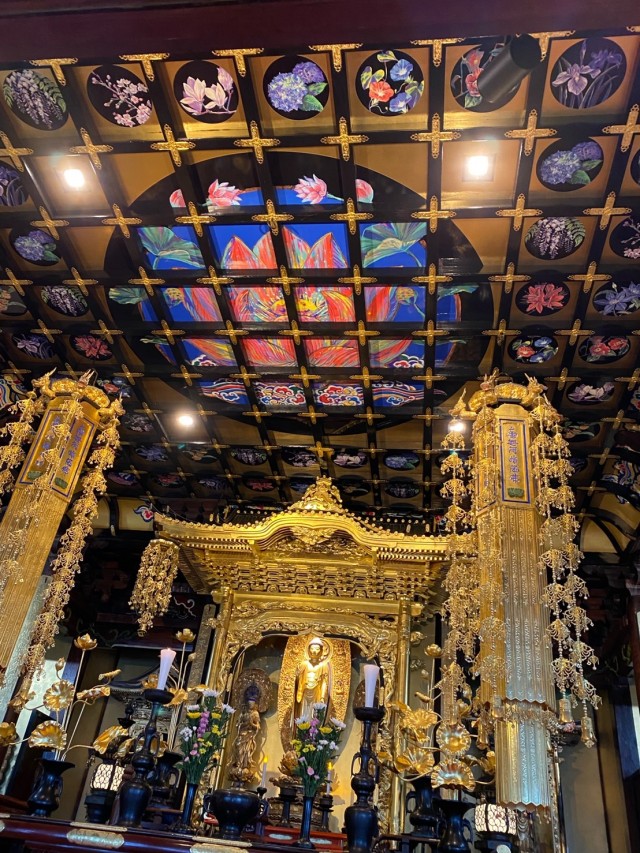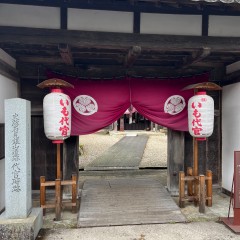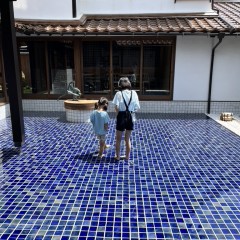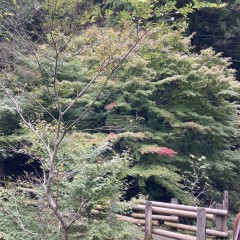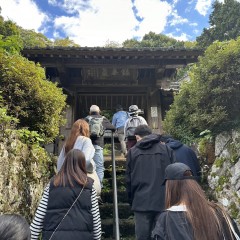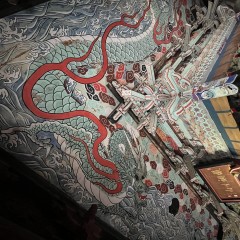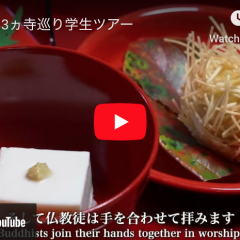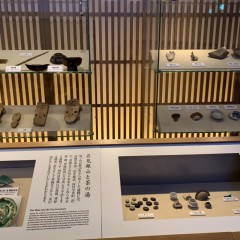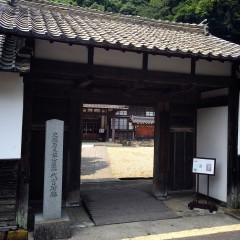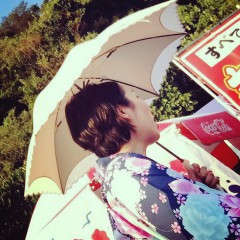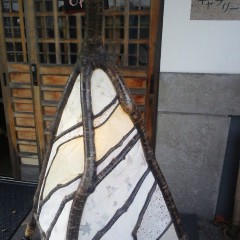Iwami 33 Temple Pigrimage
Have you ever heard a pilgrimage to the Iwami Kannon 33 Temples Pilgrimage? All the temples are located in Iwami region in the eastern part of Shimane.
Kannon is a deity which is neither male or female. Kannon has thirty-three forms. You can see the various manifestations of the deity on this pilgrimage. Look out for many-armed Kannon, Kannon with a child, Kannon with a horse head, Kannon with 11 faces. Interestingly, when Christianity was banned in Japan, some hidden Christians practiced their faith secretly by worshipping Kannon with a child. When you see these statues, you may be struck by the similarity to representations of the Virgin Mary in Christian art. If you visit the temples on the Iwami Kannon 33 Temples tour, you will see a variety of Kannon deities.
(This picture shows the ceiling of Chofukuji Temple in Ohda).
When you visit a temple, it is important to follow the proper etiquette. First, put your hands together and bow in front of the first gate. Second, purify your hands with water. Third, if you are taking part in a pilgrimage, you may want to offer osamefuda, a paper slip with your name written on it, which indicates that you visited a temple. (In recent years, pilgrims no longer write their contact information on these papers to prevent crime.) Then, you should light an incense stick or a candle. These days the candles and incense are burned outdoors to prevent fire. You need to throw in a coin in the offering box if you take an incense stick or candle. If there is no ceremony happening and the doors are unlocked, you can enter the temple. Remove your shoes and place them toes out, neatly together at the bottom step. Bow before you enter the temple itself and do not enter the altar area. Sitting quietly with your legs underneath you near the entrance, facing the altar, will allow you to observe the beauty and peace of the temple without breaking any taboos.
There is a big difference between the popular pilgrimage to 88 temples on the island of Shikoku. To put it simply, those 88 temples are on the roads and places where Kukai, founder of the Shingonshu sect of Buddhism, actually went. In contrast, the 33 temples in Iwami are for 33 Kannon to deepen believers’ faith. But even if you are not Buddhist, you can enjoy looking at these ancient temples and appreciating the lifestyle and devotion of earlier peoples.

